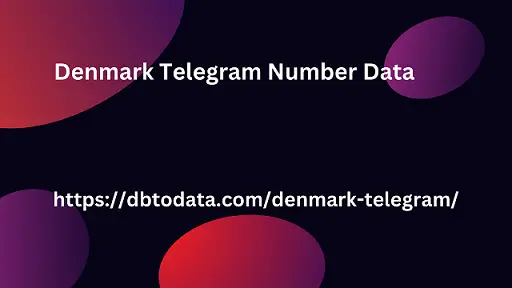Post by samueldavidd109 on Feb 20, 2024 4:51:37 GMT
The marketing plan is a tool that, at this point in the movie, every marketer knows (or should know) is essential for a business to work . According to the definition of the American Philip Kotler, it is a "written document that summarizes what the marketer has learned about the market, indicates how the company intends to achieve its marketing objectives , and facilitates, directs and coordinates marketing efforts. marketing". So much for the theory. But how to make a marketing plan ? Below, we list the main mistakes to avoid when preparing it. 1. Thinking you don't need a marketing plan It seems very obvious, but we start with this error because there are those who think that, in this hyper-digitalized world, it is no longer necessary to make a marketing plan.
In that case, we are sorry to tell you that he is very wrong and that perhaps you will save the time it will take to read this list, but not having that document is a direct highway to the failure of your Denmark Telegram Number Data business. To start, it can be very practical to use one of the marketing plan templates that are available for free on the Internet. 2. Believing that the marketing plan lasts forever Sorry, but in marketing there is no eternal love. Just as the environment changes, so does the marketing plan, which is why it is a document that has a limited validity, and that, in all likelihood, will have to be redone every year. It is essential for it to work. 3. Improvise strategy and objectives In marketing, not all roads lead to Rome. Yes, there may be more than one path that takes you where you want to go, but you cannot choose as you go. Hence the importance of establishing the general strategy of your company and the objectives it sets for a specific period.

Not analyzing yourself internally To develop a good marketing plan, you have to start by looking at your navel. Only then will you be able to know what resources your company has, what specific characteristics it has and how this relates to the market situation. A useful tool for this purpose is the SWOT analysis (also called SWOT), which helps identify the weaknesses (D) of your organization and the external threats (A) it faces, as well as the strengths (F) of your organization. business and the opportunities (O) that are presented in the current situation. 5. Address “everyone” Not defining a target audience is trying to "kill flies with cannon fire." To know your target audience you first have to identify how your product or service meets people's needs and then reach those people (and only those) who need a solution.
In that case, we are sorry to tell you that he is very wrong and that perhaps you will save the time it will take to read this list, but not having that document is a direct highway to the failure of your Denmark Telegram Number Data business. To start, it can be very practical to use one of the marketing plan templates that are available for free on the Internet. 2. Believing that the marketing plan lasts forever Sorry, but in marketing there is no eternal love. Just as the environment changes, so does the marketing plan, which is why it is a document that has a limited validity, and that, in all likelihood, will have to be redone every year. It is essential for it to work. 3. Improvise strategy and objectives In marketing, not all roads lead to Rome. Yes, there may be more than one path that takes you where you want to go, but you cannot choose as you go. Hence the importance of establishing the general strategy of your company and the objectives it sets for a specific period.

Not analyzing yourself internally To develop a good marketing plan, you have to start by looking at your navel. Only then will you be able to know what resources your company has, what specific characteristics it has and how this relates to the market situation. A useful tool for this purpose is the SWOT analysis (also called SWOT), which helps identify the weaknesses (D) of your organization and the external threats (A) it faces, as well as the strengths (F) of your organization. business and the opportunities (O) that are presented in the current situation. 5. Address “everyone” Not defining a target audience is trying to "kill flies with cannon fire." To know your target audience you first have to identify how your product or service meets people's needs and then reach those people (and only those) who need a solution.
